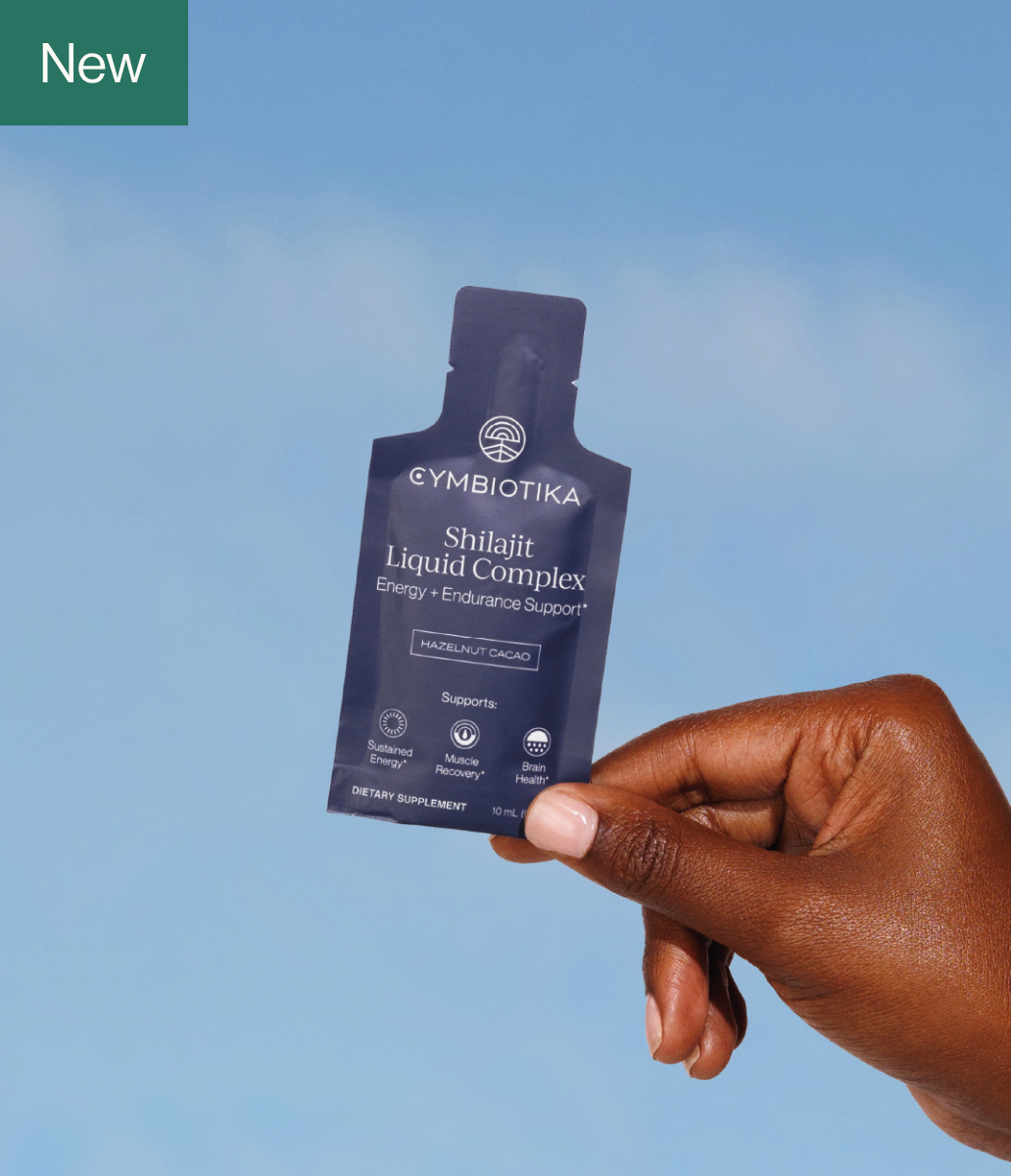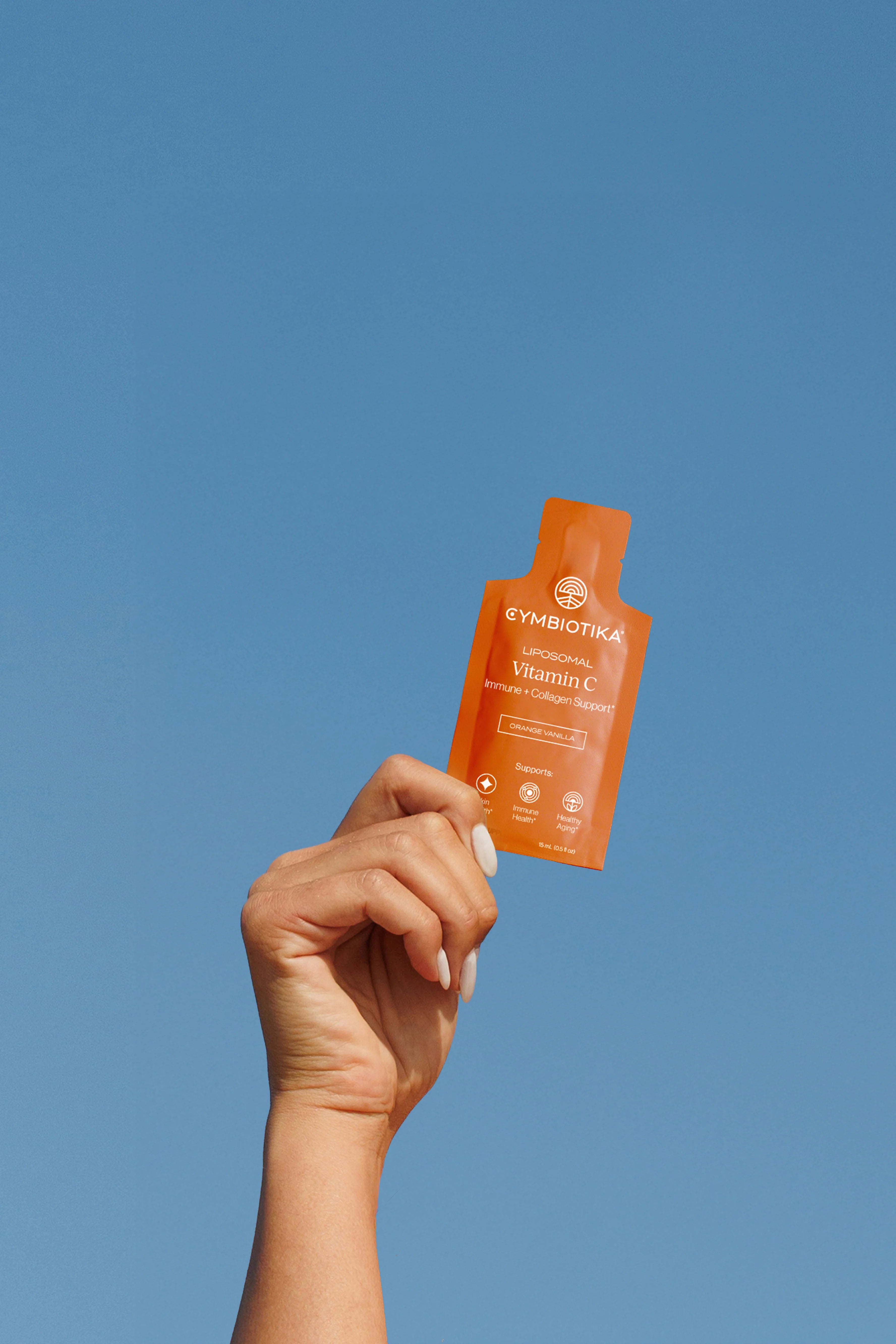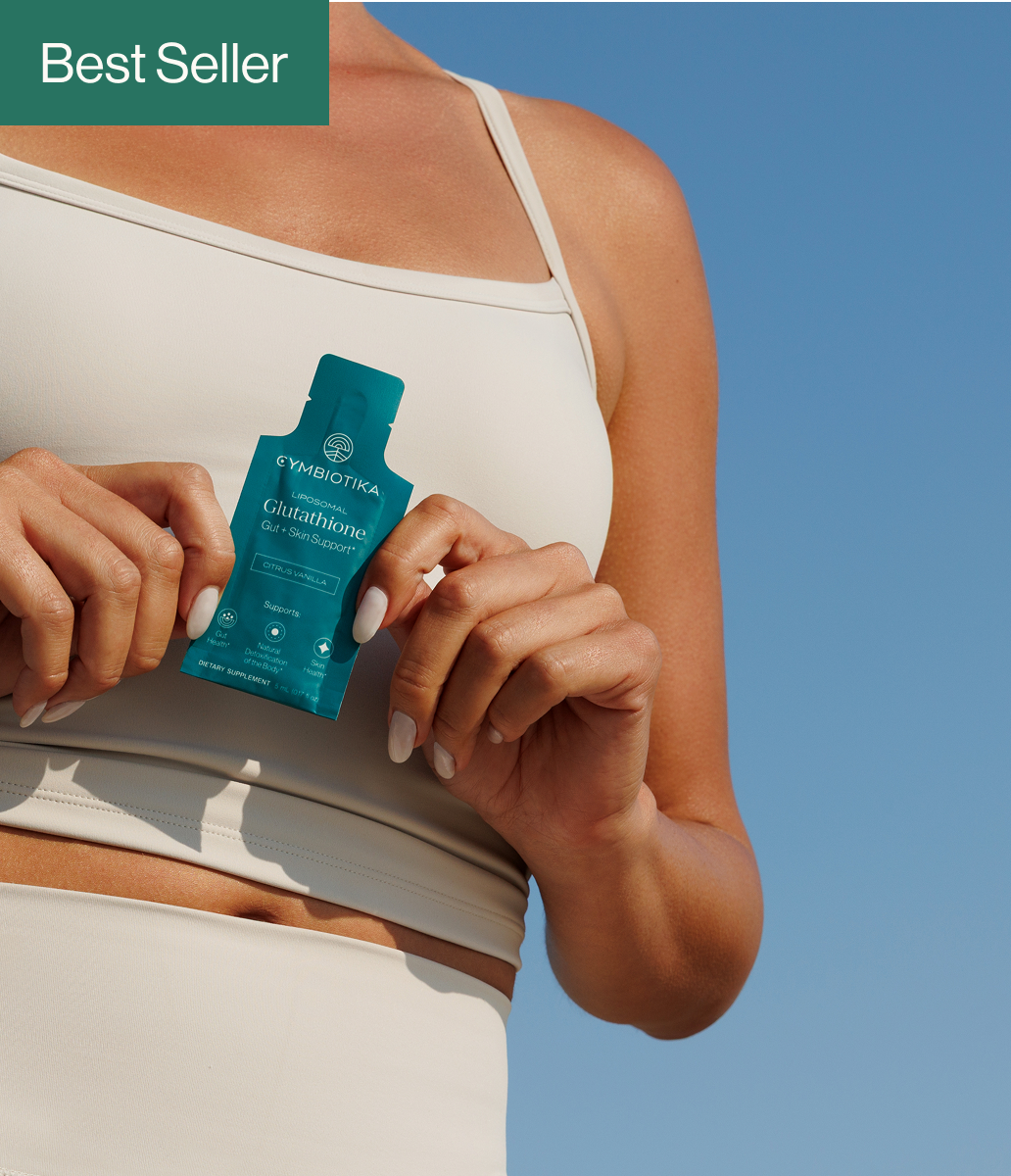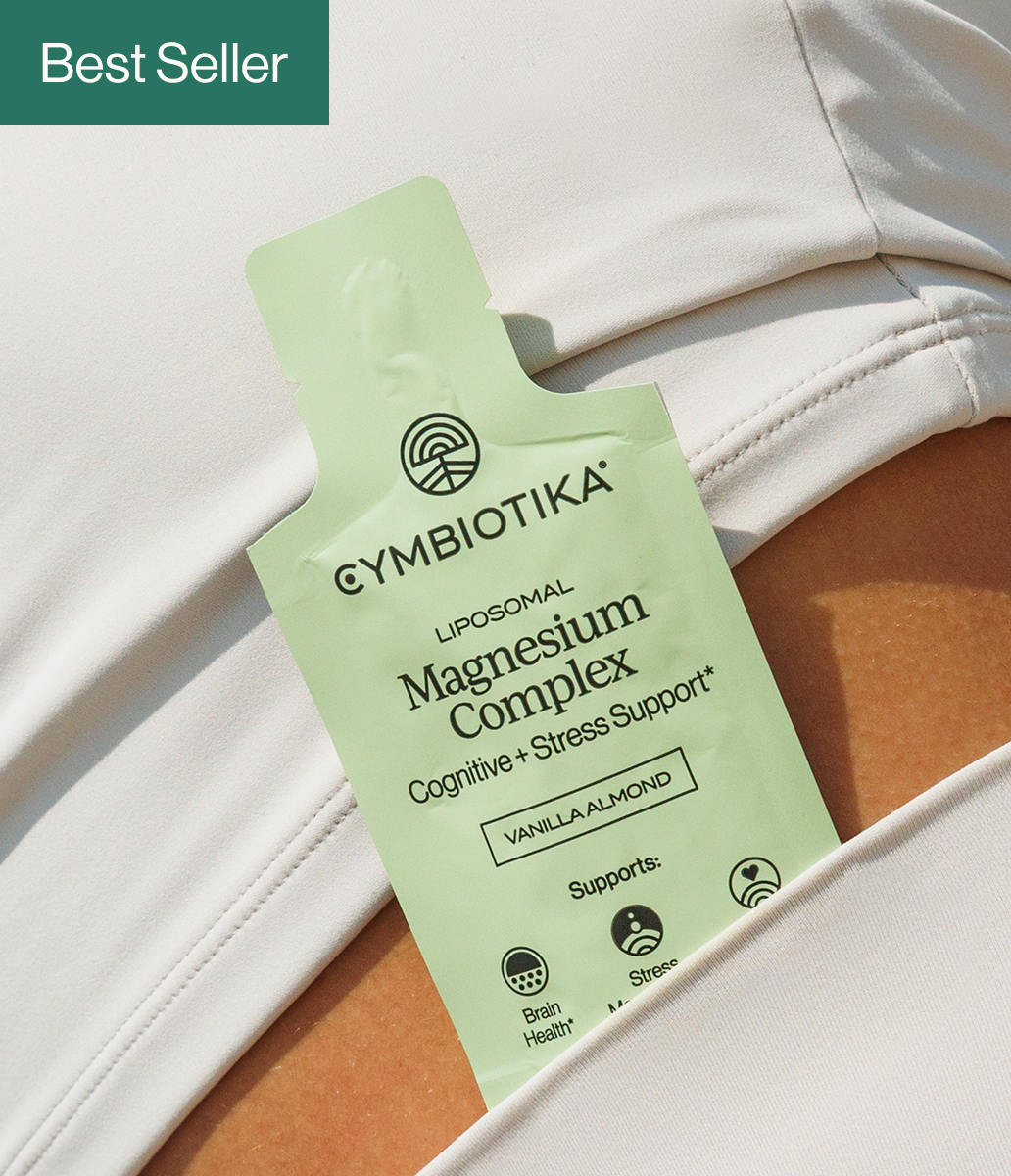Table of Contents
- Introduction
- Understanding Cardio: The Basics
- The Science Behind Fat Loss: LISS vs. HIIT
- Combining LISS and HIIT for Optimal Results
- Supporting Your Fitness Journey with Quality Supplements
- The Importance of Nutrition in Fat Loss
- Conclusion
- FAQ
Introduction
Every fitness enthusiast has faced the dilemma of which cardio method to adopt for optimal fat loss: low-intensity steady-state (LISS) or high-intensity interval training (HIIT). The debate often leaves us questioning the effectiveness of our workouts and the best approach to achieve our goals. Surprisingly, studies have shown that both low and high-intensity cardio can play significant roles in fat loss, but with different mechanisms and outcomes.
As we embark on this exploration together, we'll delve into the science behind these two types of cardio, examining their respective benefits and drawbacks. By the end, you'll gain a clearer understanding of whether low-intensity cardio truly is better for fat loss, or if high-intensity workouts should take precedence. We’ll also discuss how Cymbiotika’s commitment to providing high-quality, science-backed supplements aligns with your fitness journey, empowering you to take control of your health.
We aim to clarify key concepts, analyze current research, and guide you in determining the best approach for your personal fitness goals. Whether you're a seasoned athlete or just starting your health journey, this blog will provide valuable insights to help you make informed decisions about your workout regimen.
Understanding Cardio: The Basics
Before diving into the specifics of low and high-intensity cardio, let's clarify what cardio entails. Cardiovascular exercise, commonly referred to as cardio, is any exercise that raises your heart rate and increases blood circulation throughout the body. This includes activities like running, cycling, swimming, and even brisk walking.
The primary goal of cardio for many is fat loss, but it's also essential for improving cardiovascular health, enhancing endurance, and boosting overall fitness. With that in mind, let’s break down the two primary forms of cardio: low-intensity and high-intensity.
Low-Intensity Steady-State (LISS) Cardio
Low-intensity steady-state (LISS) cardio is characterized by activities performed at a lower intensity, typically around 50-65% of your maximum heart rate. These activities can include brisk walking, light jogging, and leisurely cycling. The key features of LISS include:
- Sustainability: LISS can generally be performed for longer durations, often ranging from 30 to 90 minutes or more.
- Fat Utilization: During LISS, the body predominantly burns fat for fuel, as the exercise is not strenuous enough to rely heavily on glycogen stores.
- Accessibility: This form of cardio is suitable for individuals of all fitness levels, making it an excellent choice for beginners or those recovering from injuries.
High-Intensity Interval Training (HIIT)
On the other hand, high-intensity interval training (HIIT) consists of short bursts of intense exercise followed by periods of rest or low-intensity activity. HIIT workouts can be completed in shorter time frames—often within 20 to 30 minutes—while delivering substantial benefits. Key characteristics include:
- Intensity: HIIT typically involves exercising at 75-95% of your maximum heart rate, pushing your body to work harder during intervals.
- Afterburn Effect: The high intensity causes the body to continue burning calories even after the workout has ended, a phenomenon known as excess post-exercise oxygen consumption (EPOC).
- Time Efficiency: Due to the shorter duration, HIIT is often favored by those with limited time to dedicate to exercise.
The Science Behind Fat Loss: LISS vs. HIIT
Now that we have established what LISS and HIIT entail, let’s analyze how each method impacts fat loss based on research findings.
The Caloric Burn Debate
One of the most significant factors in fat loss is the balance between calories consumed and calories burned. While it is often stated that LISS burns a higher percentage of fat during the workout, it is crucial to consider the total caloric expenditure. Studies indicate that although LISS may burn more fat calories per minute, HIIT typically results in a greater overall calorie burn due to its intensity and the afterburn effect.
For instance, a 2016 study found that participants engaging in HIIT burned more calories in a shorter amount of time compared to those performing LISS. This finding suggests that while LISS may be effective for fat oxidation during the workout, HIIT may lead to greater fat loss over time due to the significant calorie deficit it creates.
Hormonal Responses
The hormonal response to exercise also plays a vital role in fat loss. HIIT has been shown to elevate levels of hormones such as growth hormone and adrenaline, which can enhance fat mobilization and utilization. In contrast, LISS primarily engages the aerobic system, leading to different hormonal outcomes that do not elicit the same level of fat mobilization.
Muscle Preservation
Another critical consideration when discussing fat loss is muscle preservation. HIIT workouts promote muscle retention more effectively than LISS. The intense nature of HIIT stimulates muscle fibers and encourages the release of muscle-protecting hormones. Conversely, extended periods of LISS can sometimes lead to muscle loss, particularly if not complemented by strength training.
The Role of Fitness Level
It's essential to acknowledge that the impact of these cardio methods can vary based on individual fitness levels. A beginner may find LISS more manageable and beneficial for fat loss, while a seasoned athlete might reap more rewards from HIIT. It's vital to choose a cardio approach that aligns with your current fitness level and goals.
Combining LISS and HIIT for Optimal Results
Given the unique benefits of both LISS and HIIT, many fitness experts recommend incorporating both methods into your routine to maximize fat loss. This hybrid approach allows you to enjoy the advantages of each while mitigating their respective downsides.
Sample Weekly Plan
To illustrate how you might combine LISS and HIIT, consider the following sample weekly workout plan:
- Monday: HIIT session (20-30 minutes)
- Tuesday: LISS session (45-60 minutes)
- Wednesday: Rest or active recovery (light walking or yoga)
- Thursday: HIIT session (20-30 minutes)
- Friday: LISS session (45-60 minutes)
- Saturday: Strength training
- Sunday: Rest
This balanced approach ensures that you benefit from the intense caloric burn of HIIT while allowing for longer, fat-burning sessions through LISS.
Supporting Your Fitness Journey with Quality Supplements
At Cymbiotika, we recognize that exercise is just one facet of a holistic approach to wellness. Our commitment to transparency and quality means that we provide science-backed supplements designed to complement your fitness journey. By empowering our community with high-quality products, we help individuals take control of their health and optimize their performance.
Whether you're looking to support your energy levels, enhance recovery, or boost overall wellness, exploring our range of products can be a valuable addition to your regimen. For personalized recommendations tailored to your goals, take our AI quiz to determine the best supplement for your needs here.
The Importance of Nutrition in Fat Loss
While cardio is a crucial component of fat loss, nutrition plays an equally vital role. It is essential to consume a balanced diet that supports your exercise routine and overall health. Here are some tips for optimizing your nutrition alongside your chosen cardio method:
- Focus on Whole Foods: Prioritize whole, nutrient-dense foods to fuel your body effectively. This includes fruits, vegetables, lean proteins, and healthy fats.
- Stay Hydrated: Proper hydration is essential for performance and recovery. Aim to drink enough water throughout the day, especially before, during, and after workouts.
- Monitor Caloric Intake: Keep track of your caloric intake to ensure you're in a calorie deficit for fat loss. However, avoid extreme caloric restrictions, as they can hinder your progress and overall health.
- Consider Timing: Meal timing around workouts can enhance performance and recovery. Consider consuming a balanced meal or snack containing protein and carbohydrates before and after your workouts.
Conclusion
In the ongoing debate of whether low-intensity cardio is better for fat loss, the answer is nuanced. Both low and high-intensity cardio offer unique benefits that can contribute to your fitness goals. While LISS may allow for greater fat oxidation during the workout, HIIT typically results in a higher overall caloric burn and enhanced muscle preservation. Ultimately, the best approach lies in finding a balance that works for you, combining both methods to create a sustainable and effective cardio routine.
As you navigate your fitness journey, remember that your choices extend beyond just exercise. Supporting your body with quality supplements, such as those offered by Cymbiotika, can amplify your results and empower you to take control of your health.
For personalized supplement recommendations, check out our AI quiz here. Additionally, if you’re looking for ways to support your fitness goals, explore our collection of fitness supplements here.
FAQ
1. Can I lose weight with just low-intensity cardio?
Yes, low-intensity cardio can contribute to weight loss, especially when combined with a balanced diet. However, it may take longer to achieve your goals compared to incorporating high-intensity workouts.
2. How often should I do HIIT for optimal fat loss?
It is generally recommended to perform HIIT 2-3 times per week, allowing for adequate recovery between sessions.
3. Is it necessary to do both low and high-intensity cardio?
Incorporating both types of cardio can provide the best results, as each method offers unique benefits. Combining them can help optimize fat loss and improve overall fitness.
4. What should I eat before and after my cardio workouts?
Focus on a balanced meal or snack that includes carbohydrates and protein before your workout for energy, and consume a protein-rich meal afterward to support recovery.
5. How can supplements help with fat loss?
Quality supplements can support energy levels, enhance recovery, and provide essential nutrients that may be lacking in your diet, ultimately aiding your fat loss journey.
By understanding the dynamics of both low and high-intensity cardio, you can tailor your fitness routine to align with your personal goals, ensuring a well-rounded approach to health and wellness.
*These statements have not been evaluated by the Food and Drug Administration. This product is not intended to diagnose, treat, cure, or prevent any disease.























